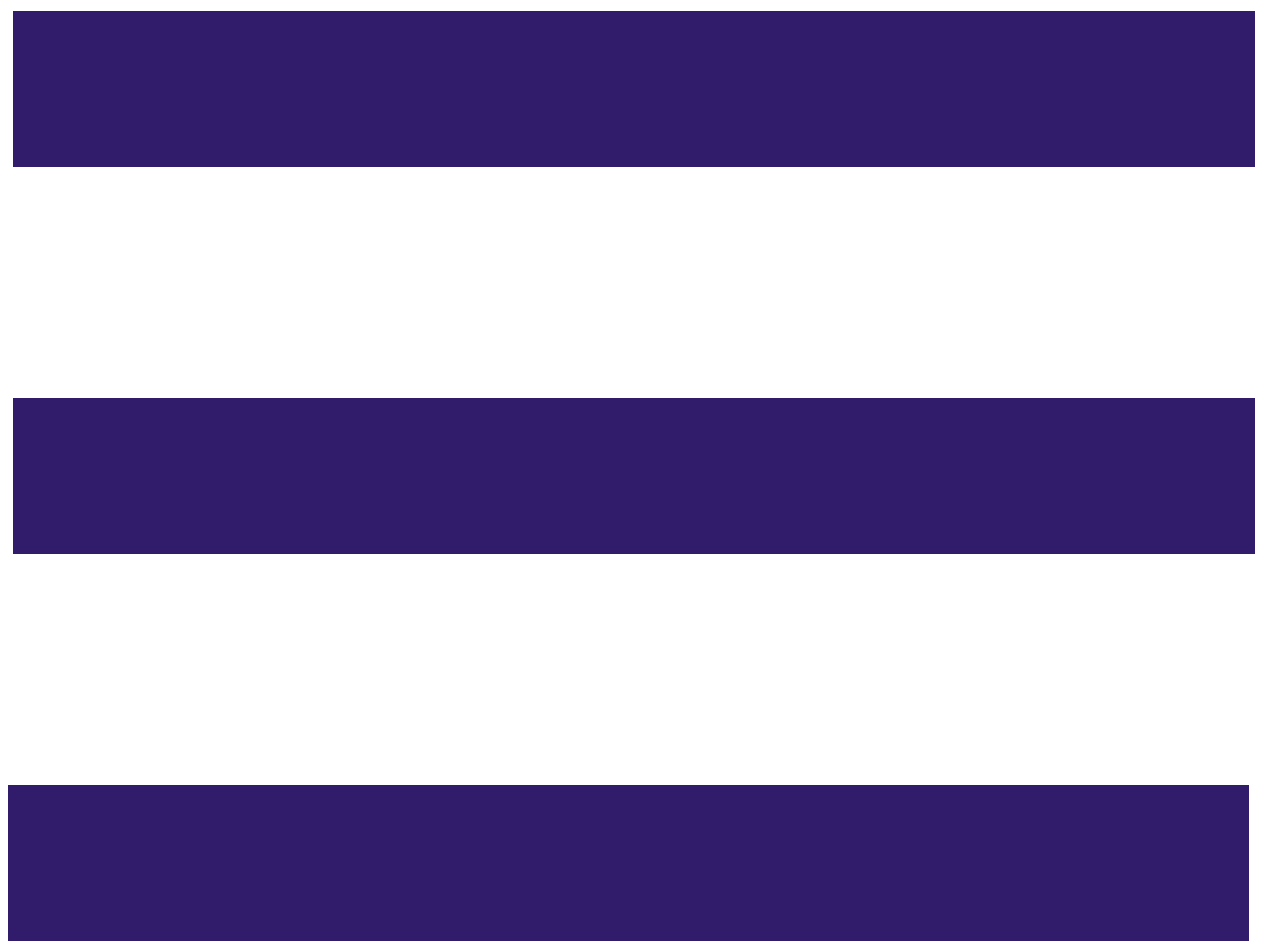In conversation with lesbian cultural critic Fran Lebowitz recently I felt moved to ask her what she thought of the proliferation of gender pronouns today. “People should be called whatever they want to be called,” she said. “When someone tells you something like this about themselves, they’re telling you how they feel. If someone tells me they have a headache I don’t say, ‘No, you don’t.’”
While Lebowitz admitted that she stumbled over the pronoun ‘they/them,’ she recalled the time feminists won the right to use the prefix Ms. in the 1970s, instead of Miss or Mrs., which defined women only in relation to men. “People went insane over this,” remembered Lebowitz. “It was unpronounceable. Of course, now everyone uses it.”
As linguists and feminists have pointed out, the word “women” comes with shackles: the proto-German wibam and Middle English wif/wyf conflated a woman’s biology with her societal role — from the 12th Century onwards. It’s no wonder lesbian feminists sought to change the spelling, — and by extension, their adjunct role in society.
‘Women’ has been variously spelled as ‘womyn,’ ‘wimmin,’ ‘we’moon’ — expressing a desire to exist outside of patriarchal classification. The spelling ‘womyn’ first appeared in 1976 at the first annual Michigan Womyn’s Music Festival as a way to signal that the annual event, which ran until 2015, excluded biological males and only admitted “womyn-born-womyn.” However, that policy meant the exclusion of transgender women, and eventually led to the demise of the event.
Of course, these variant spellings can be yoked to separatism. I never attended MichFest because transwomen seemed to be and were indeed excluded. And, while the spelling ‘womxn’ was an attempt to include transwomen, it can be dysphoric for some folks.
So, can variant spellings of ‘women’ actually signify a pluralistic, intersectional vision of womanhood?
Exploring Women’s History Month at the Curve Foundation
It’s Women’s History Month, which seems like a wonderful thing until you remember there is no Men’s History Month, and not only that — queer women have not always been welcome inside the Women’s Movement. Add to that the omission of many queer Black women’s voices and we have a lot of pressure on one month of the year to honor the contributions of 50 percent of the world’s population.
This month we wanted to highlight some of the unique achievements of queer women within the broader Women’s Movement.
With the recent passing of prolific queer Black writer and theorist bell hooks, we wanted to pay tribute to her — and to some of the queer Black women you may not already have on your radar.
We also wanted to cheer on the efforts of the diverse and hardworking team behind the first-ever National LGBTQ Women*s Survey. The sheer scope and vision of this study, which is the first of its kind in America, will offer an in-depth insight into what it’s like to be a queer woman today. The thousands of responses gathered so far have already yielded data which illuminates the nuances of our own community and what we need from policy makers to feel supported.
As queer Research Associate Clark Brinson revealed to Curve, “Respondents are bringing up major issues of accessibility, in the broader culture but also within the queer community. Many respondents report that accessibility not only impacts their experience with the healthcare system but can also sometimes keep them from participating in LGBTQ+ events and gatherings, which can increase feelings of isolation.”
In general, this issue of what spaces queer women can access and occupy in real time, and eventually in recorded history, is of key concern. The Survey is a snapshot of history in the making and is the first truly inclusive effort to address all queer women — hence the spelling of the word “Women*s.”
This variant spelling connects with a long history of women adapting language to overcome oppression.
Reimagining Language and Liminal Space
Increasingly, our era is defined by flux with digital spaces questioning the value and purpose of concrete spaces such as lesbian bars; to political and geographical instabilities forcing border crossings that are less about choice than crisis — think of the queer folks fleeing Afghanistan or the LGBTQ Ukrainians fleeing Russia but entering countries with anti-gay laws.
When we choose to imagine life outside a dominant paradigm we also need to acknowledge this act as a privilege and celebrate our ability to do that. We need to acknowledge those queer women who seek refuge in a liminal space that may be hostile; we must respect women who need to ask the dominant culture to invite them in — as happens with undocumented queer immigrants; and we need to clearly signal that the semantics around gender markers have always been attached to intentionality, if not intersectionality.
With the loss of so many lesbian and queer spaces IRL, I return to the hope offered by the National LGBTQ Women*s Survey, and the clear invitation in that spelling, which seems to say: There is no limit to the diversity of women.
For an asterisk is, after all, a symbol used as a pointer to an annotation, which is to say: There is more.
And there will be more — more queer women of every variety and intentionality for as long as womankind exists.
Happy Women*s History Month!



